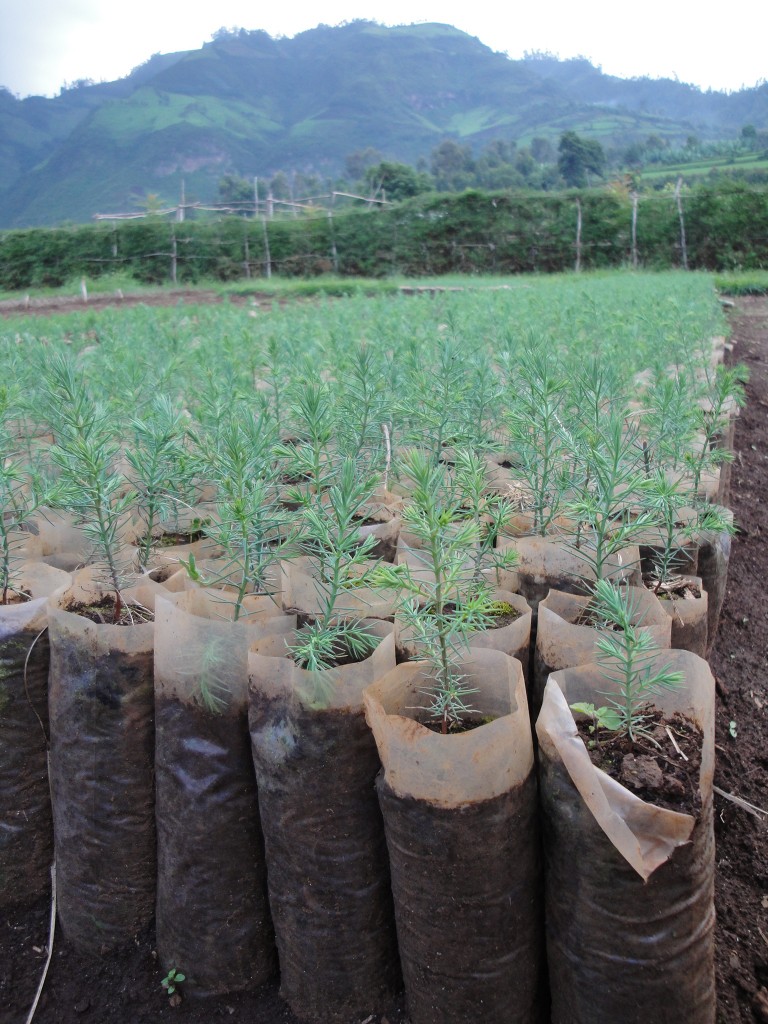 Rural communities in semi-arid tropical regions of the developing world typically rely on agriculture as their main source of food and income. Yet a range of factors are causing environmental degradation in these areas, making it increasingly difficult for communities to grow crops and breed animals.
Rural communities in semi-arid tropical regions of the developing world typically rely on agriculture as their main source of food and income. Yet a range of factors are causing environmental degradation in these areas, making it increasingly difficult for communities to grow crops and breed animals.
The causes of environmental degradation include continually high population growth, deforestation and unsustainable farming practices, such as overgrazing and traditional monoculture farming practices. Climate change adds to these pressures, with temperature extremes and irregular and unreliable rainfall causing further damage.
Combined, these factors threaten survival and livelihoods. Communities are producing dangerously low crop yields and suffering diminished livelihoods, high rates of malnutrition and extreme poverty.
Agroforestry is an effective response to this issue. By integrating woody perennials (such as trees, shrubs, palms and bamboos) into farmland, and growing them among or around crops and on pastures in a deliberate mixture or sequence, agroforestry improves the land’s productivity.
Our approach
We help communities to establish agroforestry areas. By planting exotic and native trees such as teak and coconut, communities are able to produce food, timber and wood. This increases household incomes, combats malnutrition, reduces farming communities’ reliance on agriculture and increases resilience to climate change impacts.
Agroforestry also benefits the environment. Adding significant numbers of trees to the landscape increases biodiversity and mitigates environmental degradation (by reducing soil erosion and run-off) and climate change. Communities can then sell carbon credits as an additional source of income.
 Peru: accessing carbon markets to improve livelihoods
Peru: accessing carbon markets to improve livelihoods
The agroforestry and reforestation project in Canas Province is planting around 1.5 million trees across 1,000 hectares of degraded lands to mitigate environmental degradation and to sequester carbon into the landscape. Additional areas will focus on agroforestry by planting fruit trees to increase the income and food security of the communities. The project also includes community capacity building which will introduce sustainable farming practices, and improve community awareness of natural resource conservation and land governance issues related to the project. The project is also seeking to access carbon finance through the sale of carbon credits generated under the new Gold Standard A/Reforestation certification program in order to ensure long-term sustainability of the project. (read more)
